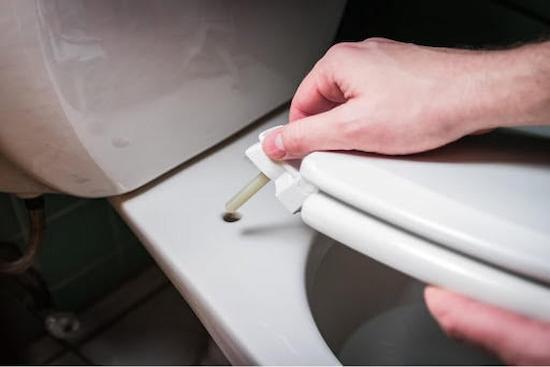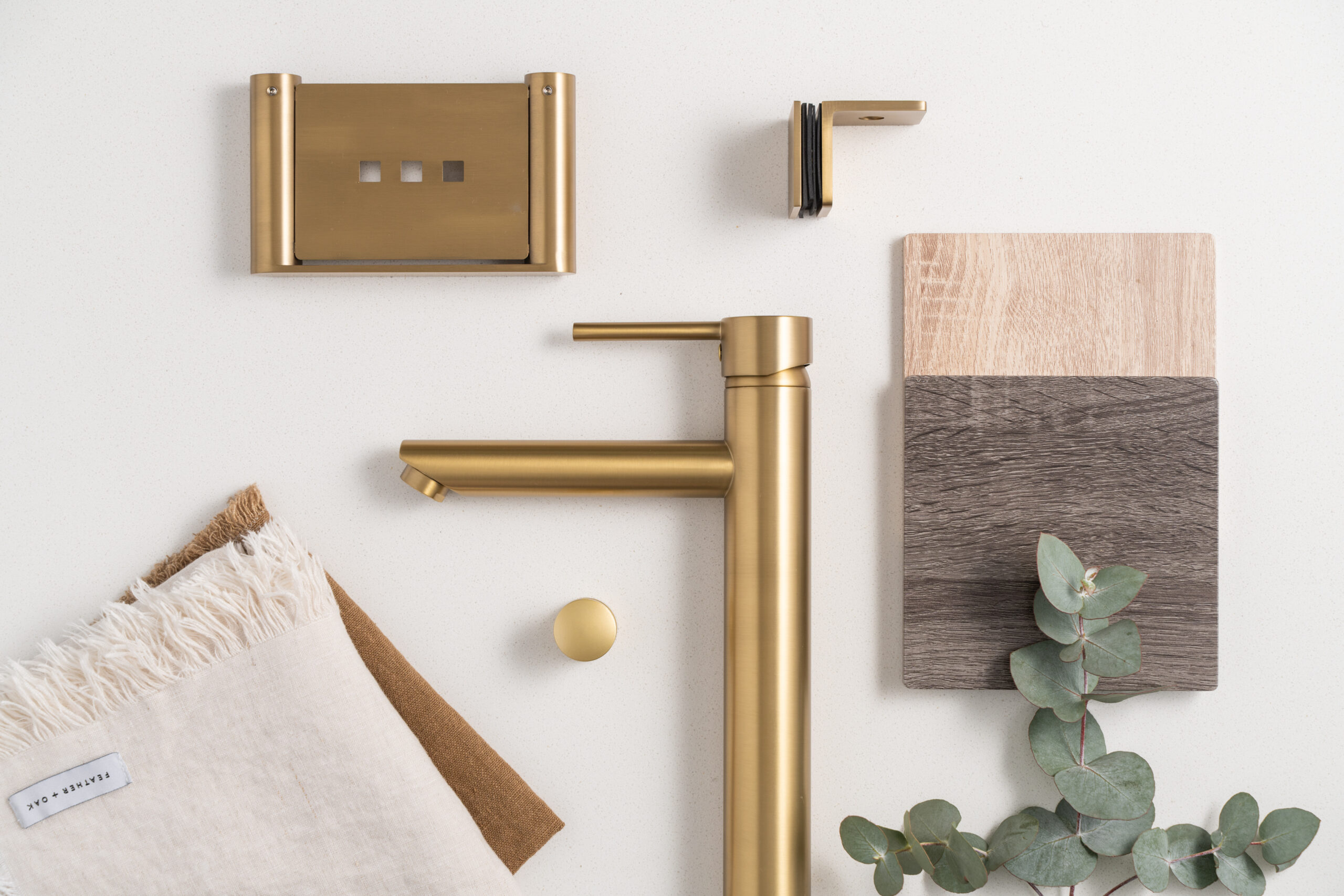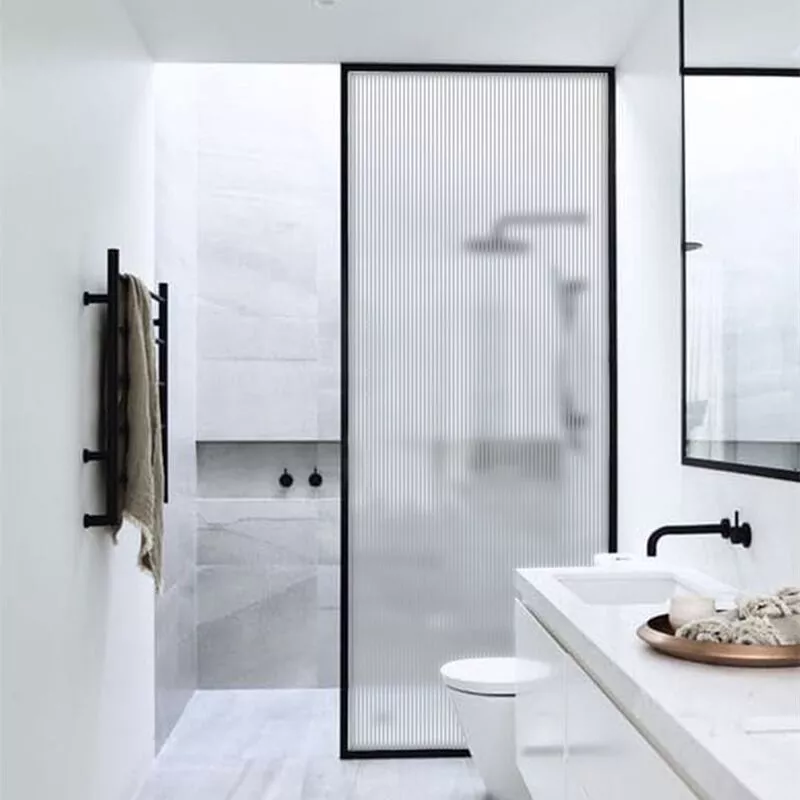Are you tired of hearing a creaking sound every time you sit on your toilet? A noisy toilet seat can be a nuisance, especially if you share a bathroom with others. Fortunately, there are several ways on how to stop toilet seat creaking without calling a plumber or spending a lot of money. In this article, we’ll discuss some easy and effective methods for fixing toilet seats and restoring peace to your bathroom.

Why Does Toilet Seat Creak?
Many causes may be responsible for your toilet’s loud lid. The frequent movement of the toilet seat lid and the weight of the individuals sitting on it may have caused the nuts and bolts to become loose. Another possibility is that the toilet seat itself is outdated and requires replacement.
In addition, the bolts and nuts may have deteriorated over time and need replacement. If the toilet seat emits a whining sound rather than a squeaking sound, it may be the result of a partly closed valve or a problem with the ballcock assembly. Thankfully, a toilet seat that squeaks may be repaired with minimum help and a few items from your local hardware shop.
A Guidance to Stop Toilet Seat Creaking
If you are frustrated with the creaking sound your toilet seat makes every time you sit on it, you may be able to fix it by tightening it. Luckily, this is a simple and quick solution that only requires a few tools. In this guide, we will walk you through the steps of tightening your toilet seat, which include identifying the bolts, checking for looseness, using pliers or a wrench, testing the seat, replacing the seat if necessary, and cleaning the area. With the proper tools and some basic knowledge, you can quickly and easily secure your toilet seat, eliminating any creaking sounds.
Tools You Need for Fixing Toilet Seat
- Screwdriver
- Wrench
- Lubricant (such as WD-40 or silicone spray)
- Rubber washers
- New toilet seat
- Screws or bolts for the new toilet seat (if needed)
Steps on How to Tighten Toilet Seat
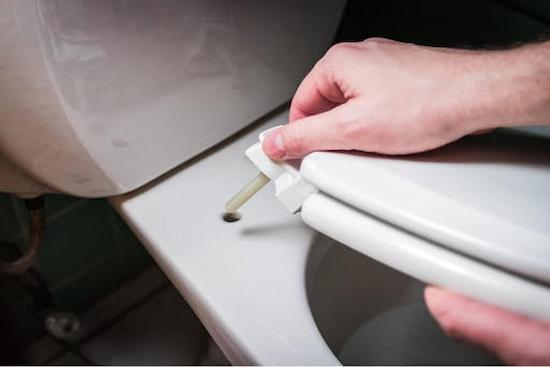
A loose toilet seat can be annoying and uncomfortable, but the good news is that tightening it is a quick and easy fix. Here is a step-by-step guide to help you how to tighten toilet seat:
- Identify the bolts: Take a look at the back of the toilet bowl and locate the bolts that attach the seat to the bowl. Depending on the model, the bolts may be covered by plastic caps that need to be removed before proceeding.
- Check for looseness: Before tightening the bolts, try to move the seat back and forth or side to side to see if it wobbles. If it does, proceed with tightening the bolts, if not, there may be a different issue causing the problem.
- Use pliers or a wrench: Use pliers or a wrench to tighten the bolts. Turn them clockwise until they are snug, but avoid over-tightening them as this could damage the bowl or seat.
- Test the seat: Sit on the toilet seat and see if it still moves. If it does, tighten the bolts a bit more until it feels secure.
- Replace the seat: If the bolts are stripped or damaged, or if the seat is cracked, it may need to be replaced. Follow the manufacturer’s instructions to remove the old seat and install the new one.
- Clean the area: Once the seat is tight and secure, clean the area around the bolts with a disinfectant cleaner to remove any dirt or bacteria.
Tips on How to Fix a Toilet Seat
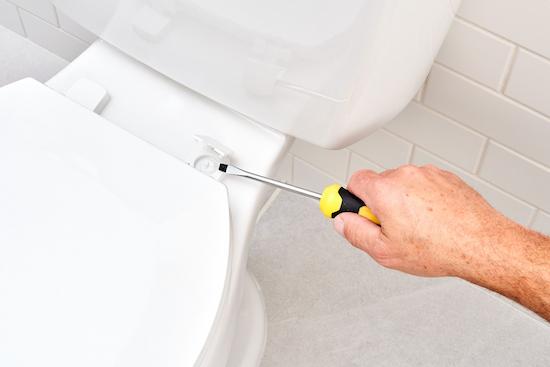
Here are some tips on how to fix a toilet seat:
Determine the problem: Before attempting to fix a toilet seat, it is important to identify the issue. If the seat is simply loose, tightening the bolts should fix the problem. However, if the seat is cracked or broken, it may need to be replaced.
Tighten the bolts: If the seat is loose, tighten the bolts that connect it to the bowl. Use a wrench or pliers to turn the bolts clockwise until they are snug. Be careful not to overtighten them, as this could cause the bowl to crack.
Use a rubber washer: If the bolts are already tight but the seat still wobbles, try inserting a rubber washer between the seat and the bowl. This will help provide extra grip and stability.
Replace the bolts: If the bolts are stripped or damaged, they may need to be replaced. Purchase new bolts from a hardware store and follow the manufacturer’s instructions to install them.
Replace the seat: If the seat is cracked or broken, it will need to be replaced. Remove the old seat by unscrewing the bolts and lifting it off the bowl. Install the new seat by following the manufacturer’s instructions.
Use a toilet seat tightening kit: If the bolts and nuts are corroded, a toilet seat tightening kit can be used. The kit contains bolts, nuts, and washers to secure the seat to the bowl.
Conclusion
To wrap up, knowing how to stop toilet seat creaking requires identifying the root cause and taking the appropriate measures to address it. Tightening or replacing loose bolts or worn-out hinges, using lubricant or rubber washers, and using the correct tools are all essential steps in preventing toilet seat creaking. It’s important to avoid over-tightening, as this can cause damage to the toilet or the seat. By following these simple steps, you can fix a creaky toilet seat and enjoy a more peaceful and comfortable bathroom experience.
FAQ
While it’s important to properly secure a toilet to prevent movement and ensure a stable seat, over-tightening can lead to serious damage. Applying excessive force to the bolts can cause cracking or leaking around the base of the toilet, damage the wax ring, or even crack the toilet bowl itself. To prevent such issues, always refer to the manufacturer’s recommended torque specification when tightening the bolts and avoid using excessive force. If you suspect the toilet has been overtightened, be sure to check for signs of damage and make any necessary adjustments to prevent further issues.
Knowing when toilet bolts are tight enough can be tricky, as over-tightening can cause damage while under-tightening can result in a loose and unstable seat. To ensure the bolts are tightened to the right degree, use a torque wrench or screwdriver and refer to the manufacturer’s recommended torque specification. Once the bolts are tightened, gently push on the seat to ensure it doesn’t move or creak. If the seat still makes noise, try tightening the toilet hinge or applying a lubricant to eliminate the sound. With proper installation and maintenance, you can stop toilet seat creaking and enjoy a more comfortable bathroom experience.
To tighten a loose toilet seat in Australia, there are a few methods to consider. While using a screwdriver to tighten the bolts is a common solution, it may not address creaking or other noises. Loose toilet seat hinges can also cause creaking and may need to be tightened or replaced. Another option is to apply a lubricant, like petroleum jelly or silicone spray, to the hinges to reduce friction and eliminate creaking. By identifying the cause of the problem, you can take the necessary steps to stop toilet seat creaking in your home.

